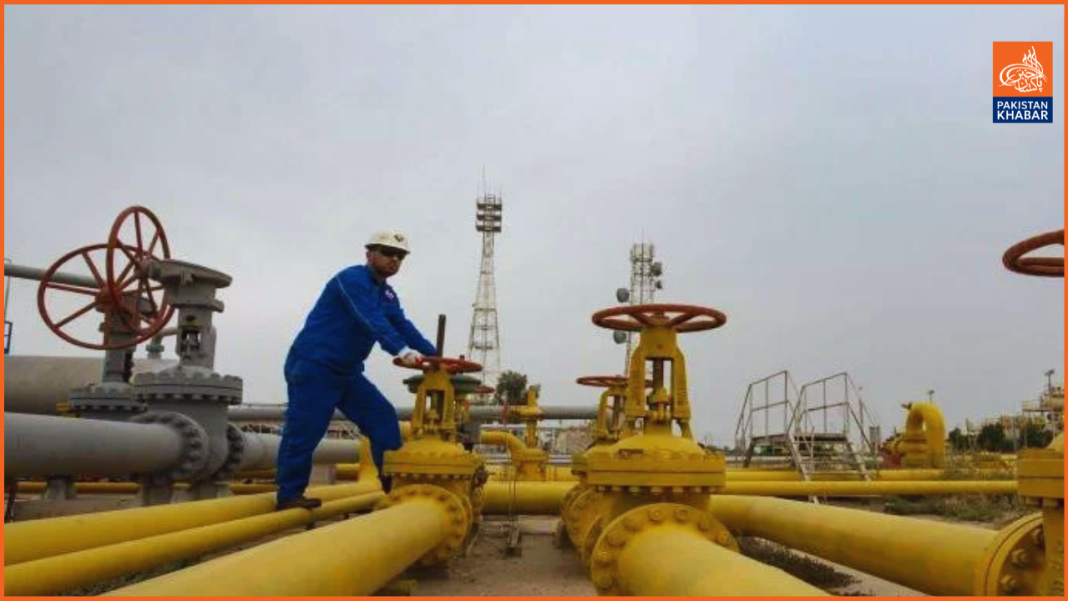In January 2025, the RLNG allocation to the domestic sector in Sui Northern’s jurisdiction has surged to 450 MMCFD, up from 250 MMCFD in December 2024, exacerbating the circular debt in the gas sector.
Currently, the domestic tariff is set at Rs1,250 per MMBTU, while the RLNG tariff is Rs3,600 per MMBTU. The resulting loss of Rs2,350 per MMBTU will contribute to the circular debt.
A senior official from the Petroleum Division told The News that the estimated loss from RLNG diversion to the domestic sector between November 2024 and March 2025 is expected to exceed Rs200 billion, further adding to the gas sector’s circular debt. If this cost is incorporated into the revenue requirements of the gas company, it could lead to an exorbitant increase in gas tariffs.
Sui Northern reports that domestic demand has risen to 950 MMCFD, with 450 MMCFD currently being supplied to consumers. In December, the domestic sector received 250 MMCFD. The company anticipates that the domestic sector’s demand will decline in February 2025, leading to a reduction in RLNG diversion.
According to The News, the domestic sector in the SNGPL jurisdiction is now the largest consumer of RLNG, receiving 450 MMCFD, followed by the power sector at 352 MMCFD, and both export and non-export industries at 200 MMCFD.
Despite this, the cost of RLNG diversion to the domestic sector, which totals Rs260 billion from FY19 to October 2023, has not yet been recovered and remains part of the circular debt, which now stands at Rs2.7 trillion. Officials note that Rs1 trillion of this circular debt was accumulated due to the lack of a gas price increase over the past 10 years.
Regarding LNG transactions, the government must pay the LNG cargo cost within 10 days of offloading, but the billing process takes about a month, followed by another 10 days for bill recovery and 5-10 days for reconciliation. The entire process takes 50-60 days, during which six LNG cargoes are offloaded. To address this, the government aims to limit RLNG diversion to the domestic sector and improve bill recovery.
Currently, there is a 60-day gap between the recovery and payment cycles, which is causing concerns within the government. The government is exploring the option for gas companies to borrow working capital until bill recovery is completed to pay for LNG cargo costs.
Meanwhile, in its latest determination, Ogra has authorized Sui Northern to charge consumers Rs8.54 billion in FY25 to cover financing costs and maintain the RLNG supply chain.




